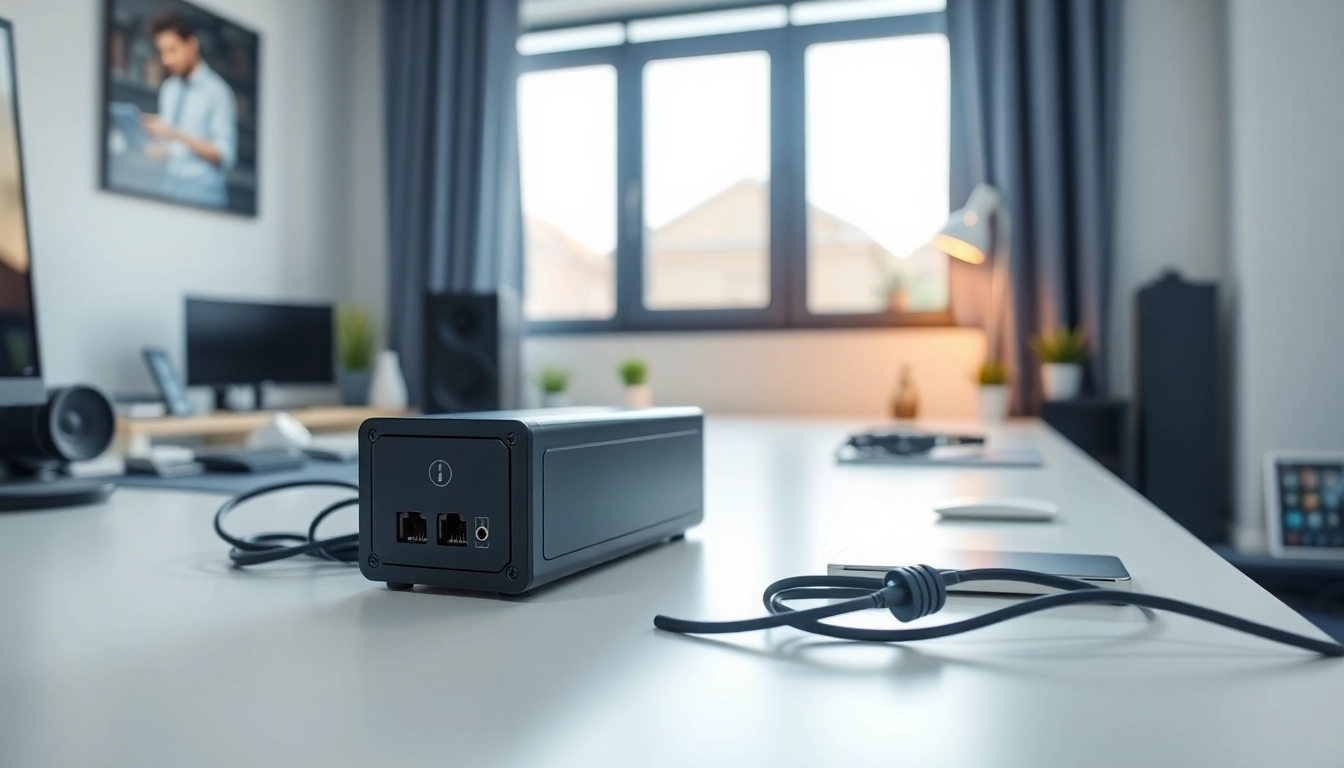
Understanding Welding Supplies
Welding is a broad field that involves fusing materials together, typically metals, using intense heat and controlled conditions. To engage safely and efficiently in welding, a comprehensive understanding of welding supplies is essential. This includes knowing what qualifies as welding supplies, the types of equipment available, and choosing the right supplies for various projects.
What are Welding Supplies?
Welding supplies encompass all materials, tools, and safety equipment used in the welding process. They are divided into two main categories: consumables and non-consumables. Consumables include items that are used up during the welding process, such as welding rods, wires, and gas. Non-consumables are tools and equipment that are reused, like welding machines and safety gear. Proper selection and use of welding supplies are crucial for achieving high-quality welds while ensuring the safety of the welder and the integrity of the workpiece.
Types of Welding Equipment
Welding equipment can be classified into several categories based on the type of welding process utilized. These include:
- MIG Welders: Metal Inert Gas (MIG) welding requires a continuous feed of wire and an inert gas, typically argon, to protect the weld pool from contamination.
- TIG Welders: Tungsten Inert Gas (TIG) welding uses a non-consumable tungsten electrode and requires the welder to manually feed filler metal into the weld pool. This method is known for its control and precision.
- Stick Welders: These welders employ an electric arc and a consumable electrode coated in flux to create welds. Stick welding is versatile and can be performed in various positions.
- Plasma Cutters: Devices used for cutting through metal by transmitting a high-pressure jet of ionized gas.
- Welding Helmets: Essential safety gear that protects a welder’s eyes and face from the bright light of the welding arc.
Choosing the Right Supplies for Your Project
Choosing the correct welding supplies is key to the success of your project. It’s vital to consider factors such as the material being welded, the welding technique, and the specific requirements of the job. For instance, MIG welding equipment may be preferred for aluminum, while TIG is more suitable for stainless steel. Evaluating the thickness of the materials and the environment (outdoors vs indoors) can also dictate the type of equipment used. Additionally, understanding your skill level is important; beginners may start with more forgiving methods like MIG, while advanced welders might tackle complex TIG applications.
Essential Safety Gear for Welding
Managing the safety risks associated with welding processes is crucial. This includes understanding the importance of protective equipment and maintaining it adequately. Various hazardous elements involved in welding can seriously impact the welder’s health and safety if not properly managed.
The Importance of Protective Equipment
Protective equipment is essential for safeguarding against potential hazards such as UV rays, heat, sparks, molten metals, and electrical shock. Sufficient protective gear includes helmets, gloves, aprons, and appropriate clothing to withstand flying debris and thermal risks. According to safety guidelines, it’s essential to invest in high-quality protective gear suited to your specific welding processes.
Must-Have Safety Gear for Beginners
For those just starting in welding, particular safety equipment is indispensable. Beginners should have:
- Welding Helmet: Auto-darkening helmets are highly recommended as they adjust darkness levels automatically.
- Welding Gloves: Thick, heat-resistant gloves protect hands from burns and sparks.
- Welding Jacket: A fire-resistant jacket can shield the welder from heat and sparks.
- Face Shield: In addition to the helmet, a face shield may provide further protection.
- Respirator: Proper ventilation and respiratory protection against hazardous fumes are critical.
How to Maintain Your Safety Equipment
Regular maintenance of safety equipment is crucial for ensuring its effectiveness. Here are some basic tips:
- Inspect Frequently: Regularly check for any signs of wear and tear on helmets and gloves.
- Clean Properly: Follow manufacturer instructions for cleaning to remove welding spatter and debris.
- Replace When Necessary: Always replace equipment that shows significant signs of damage or wear.
Top Brands in Welding Supplies
With a broad array of manufacturers catering to the welding industry, it’s essential to recognize the leaders who provide reliable equipment and supplies. Understanding these brands will facilitate informed purchasing decisions.
Leading Manufacturers Overview
Some of the most trusted brands in welding supplies include:
- Miller Electric: Known for its high-quality MIG and TIG welders, Miller Electric is regarded as a leader in welding technology with innovative designs.
- Lincoln Electric: Another giant in the industry, offering a wide range of welding equipment suitable for all skill levels.
- ESAB: A pioneer in the welding industry, ESAB manufactures both traditional welding tools and advanced solutions with an emphasis on ergonomics.
- Hobart: Often considered the go-to brand for hobbyist welders, Hobart offers reliable and affordable options for entry-level users.
- Fronius: Known for energy-efficient welding systems, Fronius is a choice for those looking for high-end solutions.
Comparing Features and Prices
When selecting welding supplies, it is essential to compare the features and prices of different brands. Each brand has varying price points based on equipment features, warranties, and customer support. For instance, while Miller may offer higher-priced TIG welders for their durability and tech features, brands like Hobart provide budget-friendly options that do not compromise much on quality. Always assess features like duty cycle, weight, and ease of use alongside pricing to ensure maximum value.
Best-Selling Welding Supplies
Identifying top-selling welding supplies can guide beginners and professionals alike to make informed purchases. Some of the best-selling welding supplies include:
- Miller Multimatic 215: A versatile MIG/TIG/stick welder perfect for various projects with a lightweight, portable design.
- Lincoln Electric K2185-1: An accessible MIG welder known for its effortless operation, ideal for hobbyists.
- ESAB Sentinel A50: A premium welding helmet that combines quality optics with advanced protection.
- Hobart 500559 Handler: Renowned for being user-friendly and efficient delivery on multiple welding projects.
Welding Techniques & Their Required Supplies
Each welding technique requires a specific set of supplies tailored to ensure effective results. Understanding these necessities can benefit welders in terms of performance and safety.
MIG vs. TIG Welding Supplies
The two predominant welding techniques, MIG and TIG, necessitate different supplies:
- MIG Welding Supplies: These include a MIG welder, welding wire, gas (usually a mix of argon and CO2), and contact tips. MIG is generally faster and more accessible for beginners because it is a semi-automatic process.
- TIG Welding Supplies: Common supplies are a TIG welder, tungsten electrodes, filler rods, and shielding gas. This method, while slower, allows for high precision and control, making it ideal for intricate or thin materials.
What to Use for Stick Welding
Stick welding, also known as Shielded Metal Arc Welding (SMAW), is often favored for its simplicity and versatility:
- Stick Welder: Essential for this method, available in DC or AC models depending on your power source and welding requirements.
- Electrodes: These are coated rods through which the welding current flows. Selection depends on the type of metal being welded.
- Protective Gear: Helmets, gloves, and jackets are critical for safety during stick welding.
Advanced Techniques and Their Tools
For experienced welders, advanced techniques include Flux-Cored Arc Welding (FCAW) and Submerged Arc Welding (SAW), demanding specialized equipment:
- FCAW Supplies: A flux-cored wire is used instead of solid wire for the MIG process, allowing for easier welding outdoors.
- SAW Supplies: Involves a solid or flux-cored wire and requires a specific welding machine capable of creating a submerged arc.
Where to Buy Quality Welding Supplies
Considering the cost and quality, finding reliable suppliers for welding supplies can impact your projects significantly. Evaluating both local and online options is essential to ensure accessibility and affordability.
Online vs. Local Suppliers
Online suppliers often provide a more extensive variety of products compared to local shops, usually at competitive pricing. However, visiting local suppliers allows you to see the quality of equipment firsthand and sometimes receive immediate expert advice. Both mediums have their pros and cons, and welders should choose based on personal preferences and specific needs.
Evaluating Supplier Trustworthiness
When purchasing welding supplies, evaluating the reliability of the supplier is crucial. Here are some strategies to assess trustworthiness:
- Customer Reviews: Look for feedback from past customers to gauge product quality and service levels.
- Return Policies: Reliable suppliers will have customer-friendly return policies in case of defective products.
- Brand Reputation: You can often find reputable suppliers affiliated with trusted brands in the welding industry.
Cost-Effective Options for Bulk Purchasing
For businesses or experienced welders, purchasing welding supplies in bulk can yield significant savings. Research suppliers that offer discounts on large quantities or subscription models for frequently used consumables. Additionally, attending welding expos can provide opportunities to buy directly from manufacturers at discounted rates.







